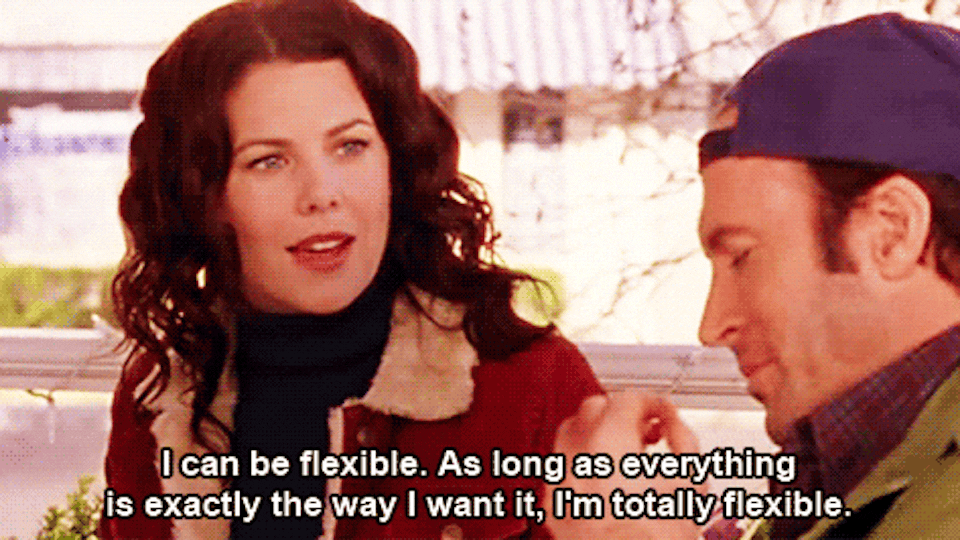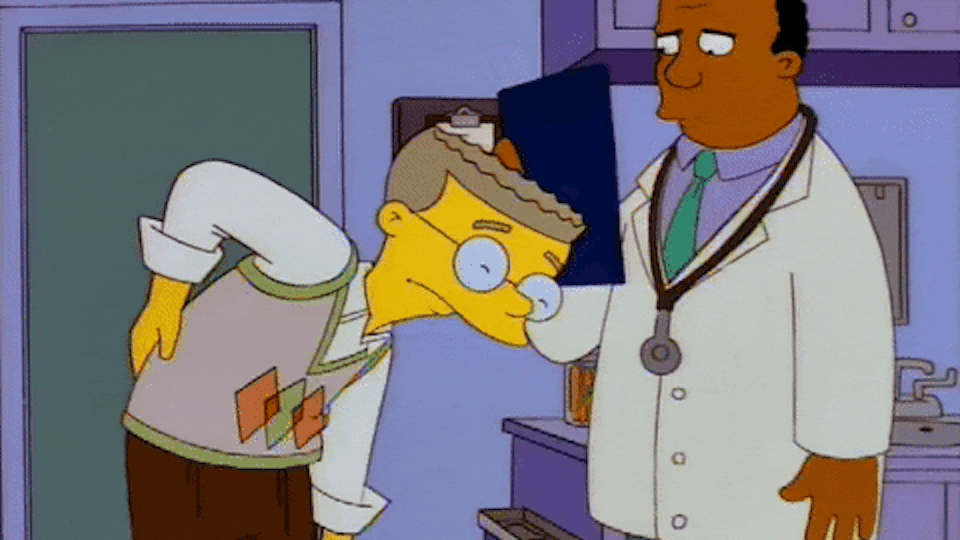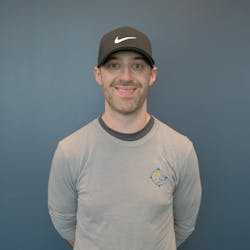Thoracic Spine Mobility and Golf Performance
Every golfer has heard how mobility in your "T spine" is important. But where exactly is the T spine, and why is it essential for the average and the professional golfer to use it correctly?
Let’s start with the basics. Your spine (backbone) is the long and flexible column of bones that (thankfully) protects your spinal cord. It begins at the base of your skull and ends with your tailbone.
You may have taken this long, funny-looking thing for granted, but after you discover the role it plays in your golf performance, you will thank your lucky stars for it.
However, we should not depend solely on the natural strength of the spine to do the work for us. Developing proper mobility in your T spine will serve you well in the long run and spare you a whole lot of back pain.
Before we pay tribute to one of the golfer’s most underappreciated bones, let’s discuss the difference between flexibility and mobility.

Flexibility vs. Mobility
Although they are from the same family, flexibility and mobility are not the same.
Flexibility is your passive range of motion. It determines how far a kinesiologist can move certain joints and how close you can get to touching your toes while sitting with straight legs. (Don’t be alarmed if you can’t do that right away. Flexibility is developed over time.)
Mobility, on the other hand, is the range of motion you can achieve actively and how far you can rotate in your backswing. (Hold your horses—a wide rotation doesn’t mean you’ve arrived!)
How are these different from each other? Because you can be flexible, but not mobile.
Is it possible to be mobile without being flexible? Sure, it’s possible (although very rare); however, don’t let that be an excuse to forget working toward both. To be the most efficient athlete you can be, both qualities are necessary.
Now that we’ve defined the two, we’ll delve into the mechanics of the T spine and use that hard-earned flexibility and mobility to perfect your golf swing.
The T Spine
Let’s discuss one of the main parts of the spine: the vertebral column.
The spine is made up of the spinal cord and vertebrae. Among its many other functions, the vertebral column allows movement of the head and trunk.
What gets tricky is where this movement occurs.
The ideal situation is for a golfer’s movement to occur in the thoracic (“T”) spine, the T1–T12 vertebrae, located roughly from the base of the neck to slightly below the middle of the back. However, golfers (especially non-professionals) often misuse their T spines and, as a result, tend to compensate and rotate other parts of their bodies to generate higher clubhead speed.
If you’ve ever had lower-back pain after a round or an intense practice session, that could be due to a lack of mobility in your T spine.

Why Does This Happen?
Research shows that your thoracic spine should ideally have 36 degrees of rotation (12 vertebrae with 3 degrees of rotation each), while your lumbar spine should ideally have 10 degrees of rotation (5 vertebrae with 2 degrees of rotation each).
If you lack rotation in the T spine and can only reach about 20 degrees, your body will find a way to create more rotation (or movement in general), and that will occur, typically, in the lower back.
Obviously, your spine can only rotate so much, so when you lack rotation in one area, that forces the body to bend, flex, and over-extend in areas that should remain stable during the swing.
You may have plenty of flexibility, but not the strength to access it in the golf swing, so repeatedly doing back stretches may not help you in the areas you need.
If you constantly find yourself suffering from lower-back pain after a game, it could very well be that you need the help of a kinesiologist to guide you.
How Do I Make it Work For Me?
All right, let’s take this T spine business step by step.
How do we work on making sure our bodies move correctly and safely? Working on dissociation is the most important part thing.
Dissociation is the ability to separate the upper body and lower body and the capability to move each segment independently of one another.
Take belly dancers, for example. Belly dancers work to master the skill of isolating certain muscles, so that they can move ONLY certain parts of their bodies.
The same goes for golf, except there is virtually no music involved and a lot more clothing . . . imagine the distraction that would cause!
There are many stretches and movements that can be used to improve one’s dissociation. It’s crucial to work with a kinesiologist who understands the intricacy of the golf swing and can prescribe movements that activate the muscles involved in the swing. The golf swing is a VERY complex movement; it is not simply rotating one way and then the other.
Attempting to figure out how to use such a crucial part of your body without the help of a professional can potentially cause injury or even permanent damage.

Why are we stressing this point?
Because we want you to use your muscles, flexibility, and mobility in the right ways, so you DON’T get injured.
Remember, our muscles can only do three things
- produce force;
- reduce force; and
- dynamically stabilize force.
So, while one muscle group is producing force to create a backswing, other groups must firstly stabilize or reduce the force, so you don’t get hurt, and then be able to transition into a downswing.
Get Yourself a Kinesiologist
As you can see, thinking about your golf swing in terms of your T spine’s flexibility and mobility is important. When used correctly, they will bring you the best results in your game.
We recommend you sit down with an Integrity Golf Performance golf coach to take a thorough look at your swing and determine whether you have the correct rotation, or whether you are early extending or sliding/swaying in an effort to generate swing speed.
If you lack strength in the T spine or are compensating in other parts of the spine, we will set up an assessment with one of our kinesiologists to determine whether you are struggling with flexibility or mobility.
It is very important to connect to a professional who understands how the body and golf swing work, and our kinesiologists are the best in the business.
Contact us today at Integrity Golf Performance, and allow us to develop a plan to increase your T spine rotation and build up that clubhead speed.

Are you ready to improve your game?
Book your assessment today by clicking the button below. We'll call you to schedule your visit.
